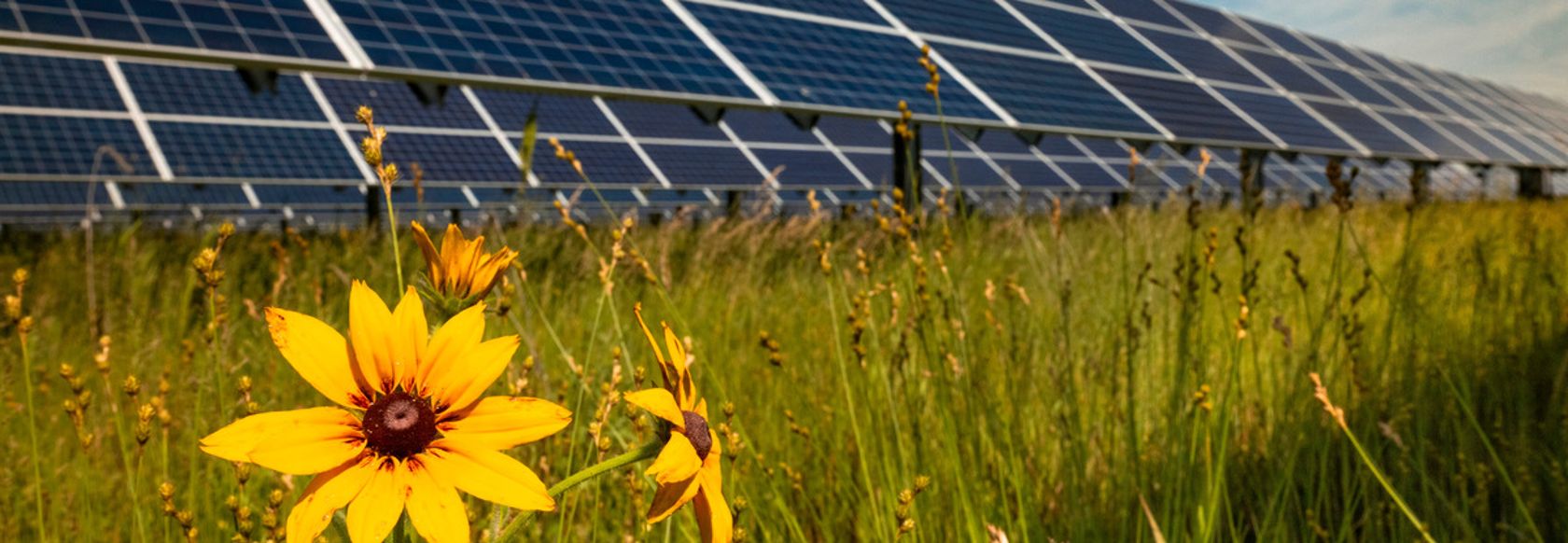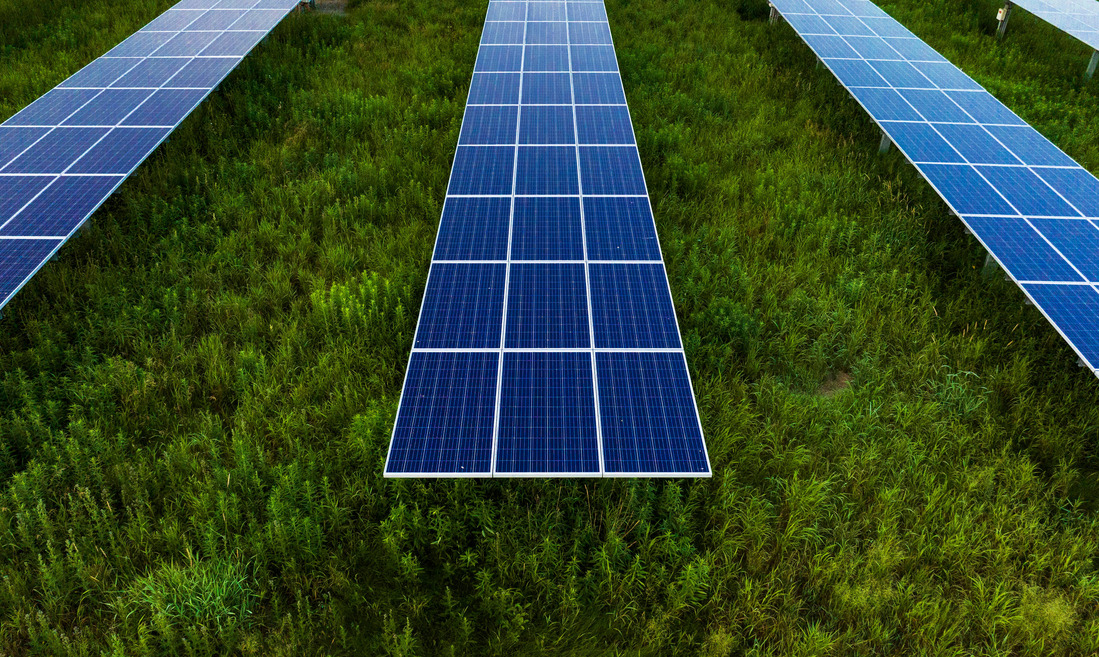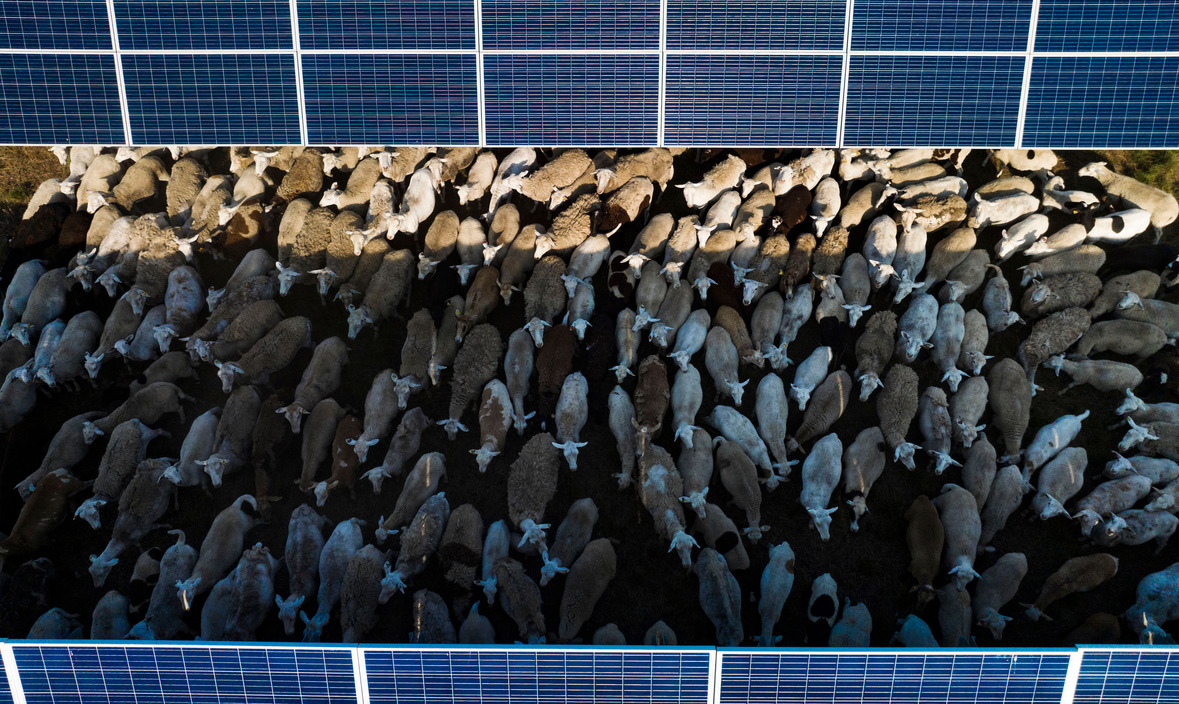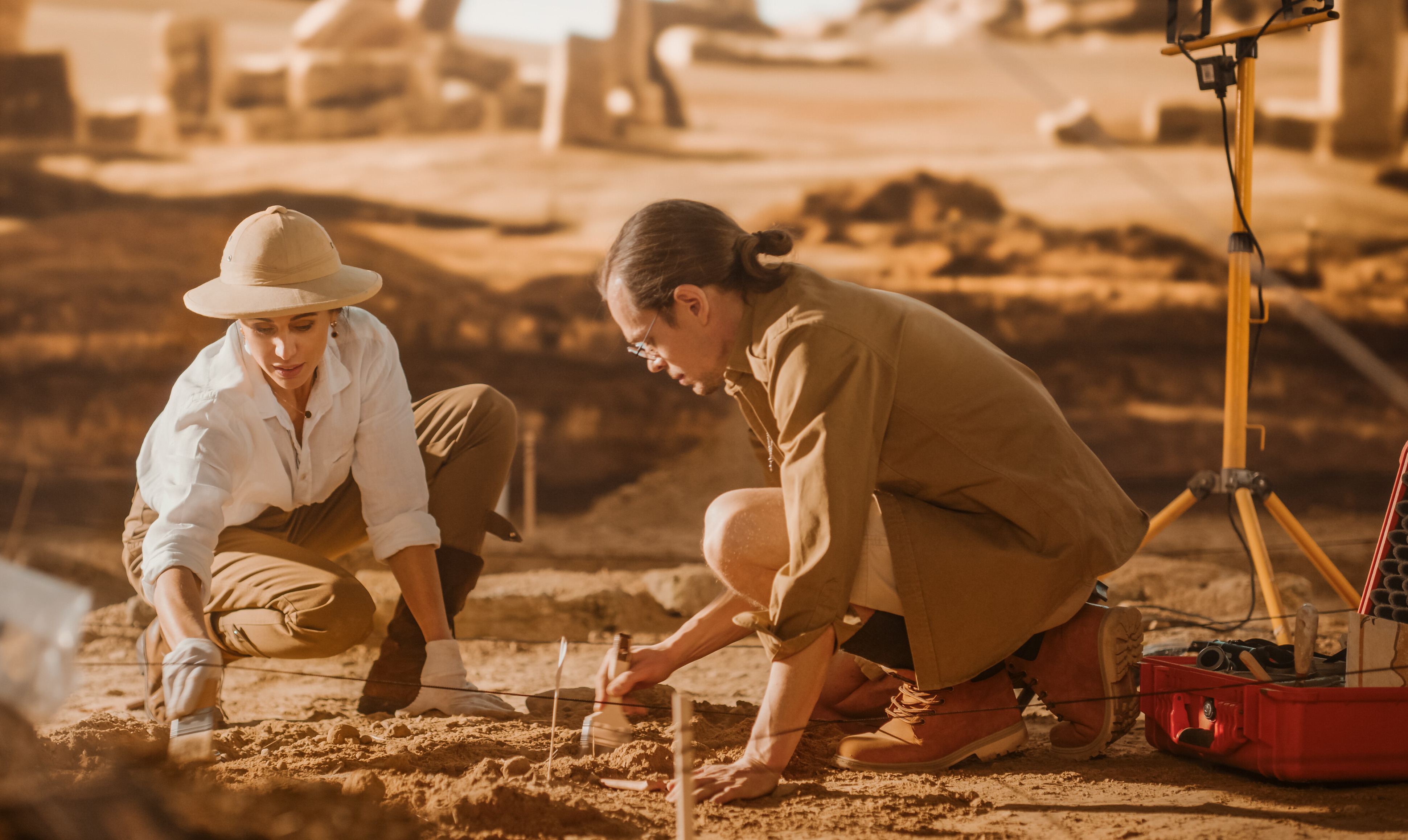And it is precisely renewable energy and its accessibility that is at the center of the narrative of the sixteenth, now penultimate, shot of BG4SDGs - Time to Change, a project dedicated to the achieving the 17 goals of the UN 2030 Agenda.
On this occasion, Stefano Guindani went to the United States, to Minnesota, to Aurora Solar Park - the largest photovoltaic plant in North America (owned by the Italian group Enel) - to report on the situation related to Sustainable Development Goal (SDG) number 7, which is precisely about energy transition and plant efficiency in order to ensure affordable green services for all.
Located in a large area, Aurora Park is designed to play a significant role in the energy transition for the benefit of the local farming community. With a large area of solar panels, it directly converts stored energy from the sun into electricity and is thus able to avoid the emission of more than 150,000 tons of CO2 into the atmosphere each year, representing a concrete alternative to traditional fossil fuel-based energy sources.
But what sets this plant apart above all is its size and its ability to generate a large amount of energy. In fact, thanks to the use of advanced technologies and the efficiency of the solar panels, the park is capable of producing about 210 million kWh per year, enough to power thousands of homes and businesses in the surrounding region and equal to the demand of more than 17,000 U.S. households.
 Stefano Guindani, photographer and editor of the project
Stefano Guindani, photographer and editor of the project



/original/BG4SDGS+Talks+%281%29.png)

